This Day in Rock History - Apr. 29th
 1976: Following his concert in Memphis, Bruce Springsteen takes a cab to the Graceland mansion, hoping to meet Elvis Presley.
1976: Following his concert in Memphis, Bruce Springsteen takes a cab to the Graceland mansion, hoping to meet Elvis Presley.
Turned away at the gate, Springsteen scales a wall and attempts to crash his way into meeting the King. It turns out Elvis is away from Memphis at the time and Bruce is escorted off the grounds by security without further incident.
Those Kids & Their Crazy Dances
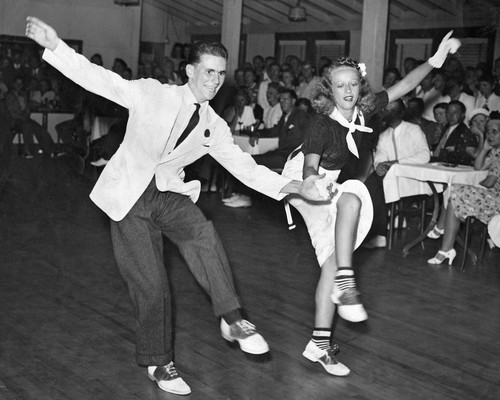 The Origin of the Jitterbug
The Origin of the Jitterbug
Like a great deal of American popular culture of the 20th Century, the jitterbug has its origins in black culture.
While the dance is quite frequently associated with the early days of rock ‘n’ roll, it actually got its start in the 1930’s. While the exact origins of the dance are lost to time, it’s believed to have evolved from the looser style of dancing that had begun in the Roaring 20’s.
The term “jitterbug” originally meant someone who had consumed too much alcohol. Gradually it came to mean someone who was a fan of swing music. Finally, it came to be associated with the style of dancing that was taking place at swing clubs.
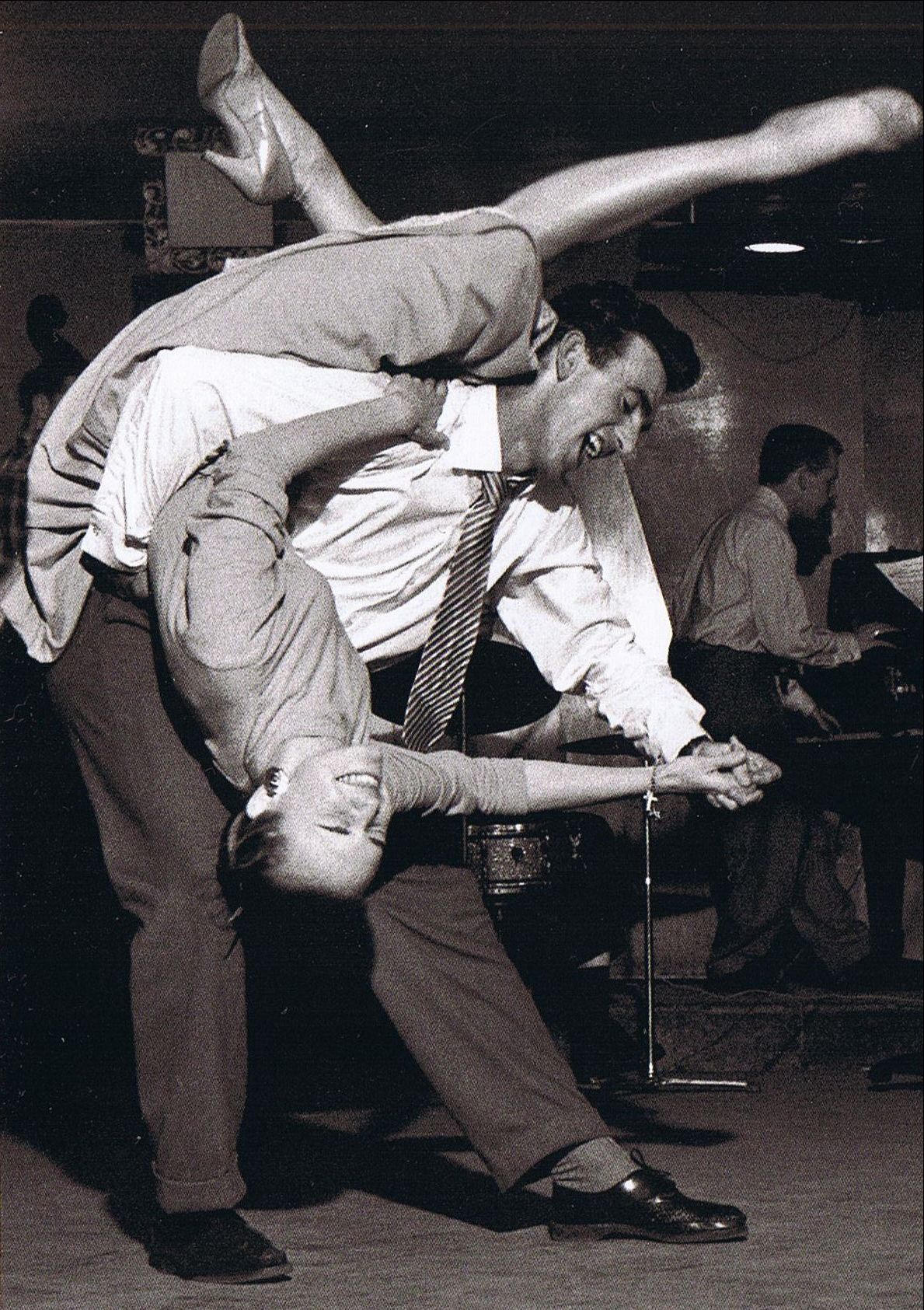 The earliest reference to it in song is from a 1934 - Cab Calloway's tune, “Call of the Jitterbug.” Some also know that a song called “The Jitterbug” was written for the 1939 classic film Wizard of Oz. The song was recorded and shot, but was cut from the final film (although you still hear the Wicked Witch mention “a little bug she’s sent” ahead of the Flying Monkeys to take the fight out of Dorothy and her companions.) The footage has been lost to time, but a recording of the song still exists.
The earliest reference to it in song is from a 1934 - Cab Calloway's tune, “Call of the Jitterbug.” Some also know that a song called “The Jitterbug” was written for the 1939 classic film Wizard of Oz. The song was recorded and shot, but was cut from the final film (although you still hear the Wicked Witch mention “a little bug she’s sent” ahead of the Flying Monkeys to take the fight out of Dorothy and her companions.) The footage has been lost to time, but a recording of the song still exists.
World War II help spread both American swing music and the jitterbug all over the globe.
It was still going strong when rock ‘n’ roll arrived on the scene in the mid-1950’s. It was easily adapted to the strong, fast beat of early rock hits and remained the teenager’s dance of choice until a little something called “The Twist” arrived on the scene in 1960.
But more about that later.
Television's Original Hipster
 How We Went Koo-Koo for "Kookie"
How We Went Koo-Koo for "Kookie"
Who could have known that a serial killer would become one of TV’s first teen idols?
In the late 1950’s, private eye shows were giving Westerns a real run for their money in prime time. Starting in the summer of 1957, Richard Diamond (created by Blake Edwards) made the jump from radio to television and did pretty well.
In the fall of 1958, two “imitation Diamonds” hit the air: Peter Gunn (also created by Edwards) and 77 Sunset Strip (created by Roy Huggins). Both were smash hits.
Huggins had intended his series to be hard-boiled, centering on former military intelligence officer Stu Bailey (Efrem Zimbalist, Jr.). However, viewer reaction to a serial killer in the pilot soon sent the series in a radically different direction.
A young unknown actor named Edd Byrnes had been cast as a hair-combing, jive-talking bad guy named Gerald Lloyd Kookson, III in that first episode. A serial killer, in fact. But his hipster manner was an instant hit with preview audiences. So the studio quickly created a regular part for the actor and opened the series’ second episode with a little monologue from Zimbalist to explain it:
“We previewed this show; and because Edd Byrnes was such a hit, we decided that Kookie and his comb had to be in our series. So this week, we'll just forget that in the pilot he went off to prison to be executed.”
That, as they say, was that. Instead of the gas chamber, Kookie wound up parking cars at the pizza joint next to 77 Sunset Strip – a little place called “Dino’s Lodge,” a real location in Southern California, owned by none other than Dean Martin, who happily allowed the studio to give his place a huge free plug every week.
Although the show was supposed to be about private eyes Stu Baily (Zimbalist) and Jeff Spencer (Roger Smith), Kookie’s appeal (especially to those of us under 20) quickly made him the show’s most popular character.
 Not only was Kookie the very personification of cool, but he also didn’t temper his demeanor or his hipster talk around anyone. You either dug him or you were left clueless, Dad. For most people our age, it gave us a glimpse of how we could be different, yet still be confident and successful.
Not only was Kookie the very personification of cool, but he also didn’t temper his demeanor or his hipster talk around anyone. You either dug him or you were left clueless, Dad. For most people our age, it gave us a glimpse of how we could be different, yet still be confident and successful.
At the show’s height, Brynes was receiving 15,000 pieces of fan mail a week, rivaling most rock stars. He staged a successful holdout in the show’s second season, demanding more money and a bigger part. The studio caved rather quickly and soon Kookie began helping Bailey & Spencer solve their cases, quite often getting involved in the series’ obligatory fight scenes.
To capitalize on the character’s popularity, Warner Brothers sent Byrnes into the recording studio with another of their budding teen idols, Connie Stevens, to record the deathless classic, “Kookie, Lend Me Your Comb.”
 The song – well, it’s hard to really call it a song. It consists mainly of Byrnes talking his usual hipster patter (“I’ve got smog in my noggin”) while Stevens tries to pry the ever-present comb from his hand. (“You’re the very utmost!”)
The song – well, it’s hard to really call it a song. It consists mainly of Byrnes talking his usual hipster patter (“I’ve got smog in my noggin”) while Stevens tries to pry the ever-present comb from his hand. (“You’re the very utmost!”)
It was the right piece of fluff in the right place at the right time as it went all the way to #4 on Billboard’s Hot 100 in 1959.
Ultimately, Kookie’s character matured. He joined the Sunset Strip firm as a full-time private investigator, but it did Byrnes no favors in the long run.
Because he was under contract to Warner, Byrnes had to turn down parts in Ocean’s 11, Rio Bravo, and The Longest Day. By the time he got out of his contract, he had been forever typecast and his film career never developed.
 Byrnes did make a brief comeback in 1978 when producers cannily cast him as disc jockey Vince Fontaine (“The Main Brain”) in the film version of Grease. He was one of several 1950’s icons who appeared in that film.
Byrnes did make a brief comeback in 1978 when producers cannily cast him as disc jockey Vince Fontaine (“The Main Brain”) in the film version of Grease. He was one of several 1950’s icons who appeared in that film.
77 Sunset Strip gave us a glimpse of many future TV stars (Mary Tyler Moore, Adam West, Tuesday Weld, Jim Backus and others. Plus, the show featured a very high caliber of writing, including authorized adaptations of Strangers on a Train and Dial M for Murder).
But shining above it all is the original “too-cool-for-school” persona of television’s first and still greatest hipster, Gerald Lloyd Kookson, III a.k.a. “Kookie.”
More than sixty years later, he’s still “the ginchiest!”
This Day in Rock History - Apr. 28th
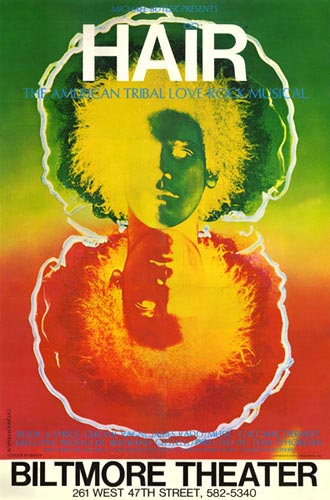 1968: The “hippie” musical, Hair opens on Broadway.
1968: The “hippie” musical, Hair opens on Broadway.
It will run 1,729 performances and create hits for the Cowsills (“Hair”), Three Dog Night (“Easy to Be Hard”), Oliver (“Good Morning Starshine”) and the 5th Dimension (“Let the Sunshine In”).
A young Diane Keaton is one of the cast members who take off their clothes during the play.
This Day in Rock History - Apr. 27th
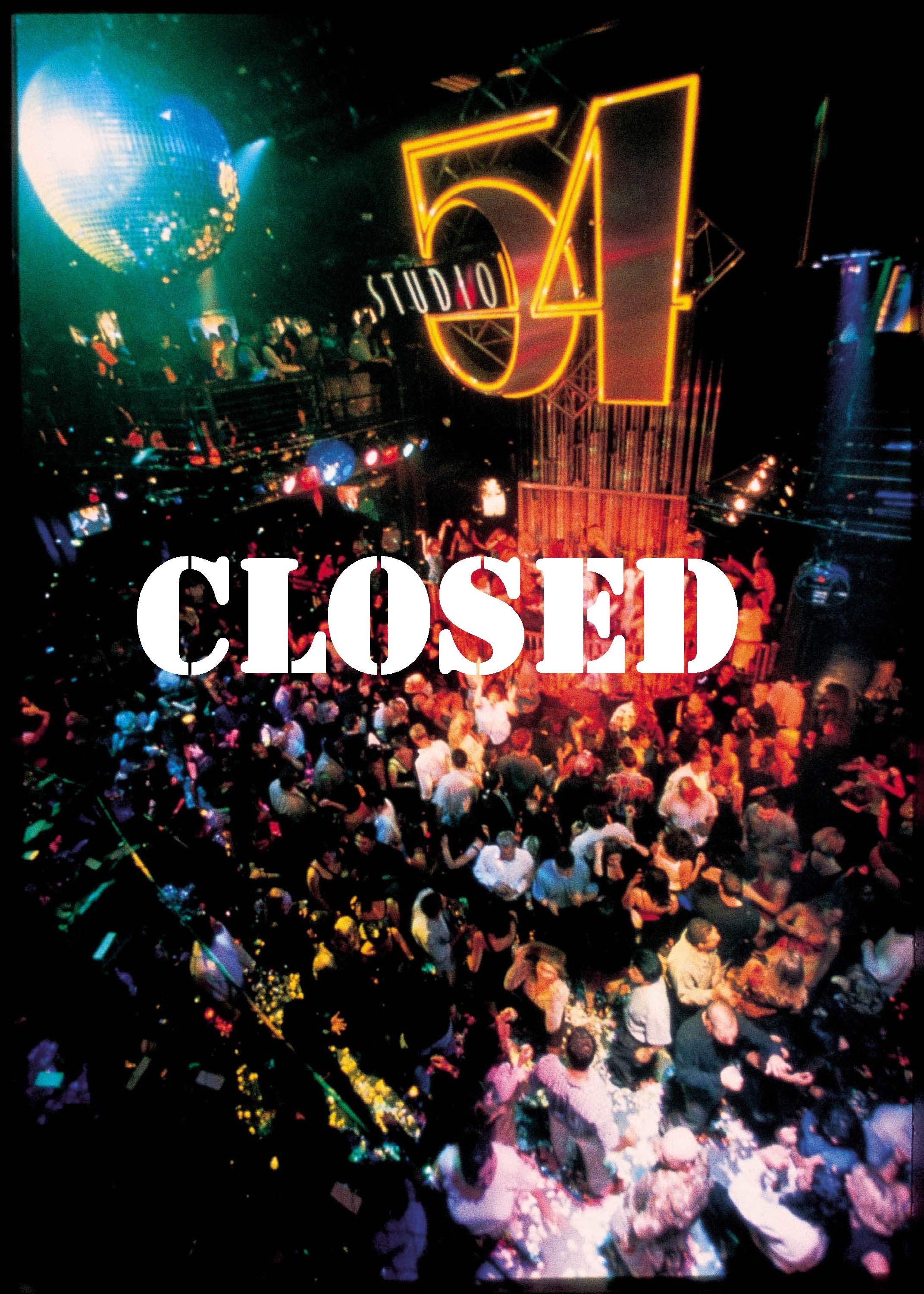
1980: Three years and one day after opening, NYC’s Studio 54 disco closes its doors for violation of the city’s liquor laws.
This Day in Rock History - Apr. 26th
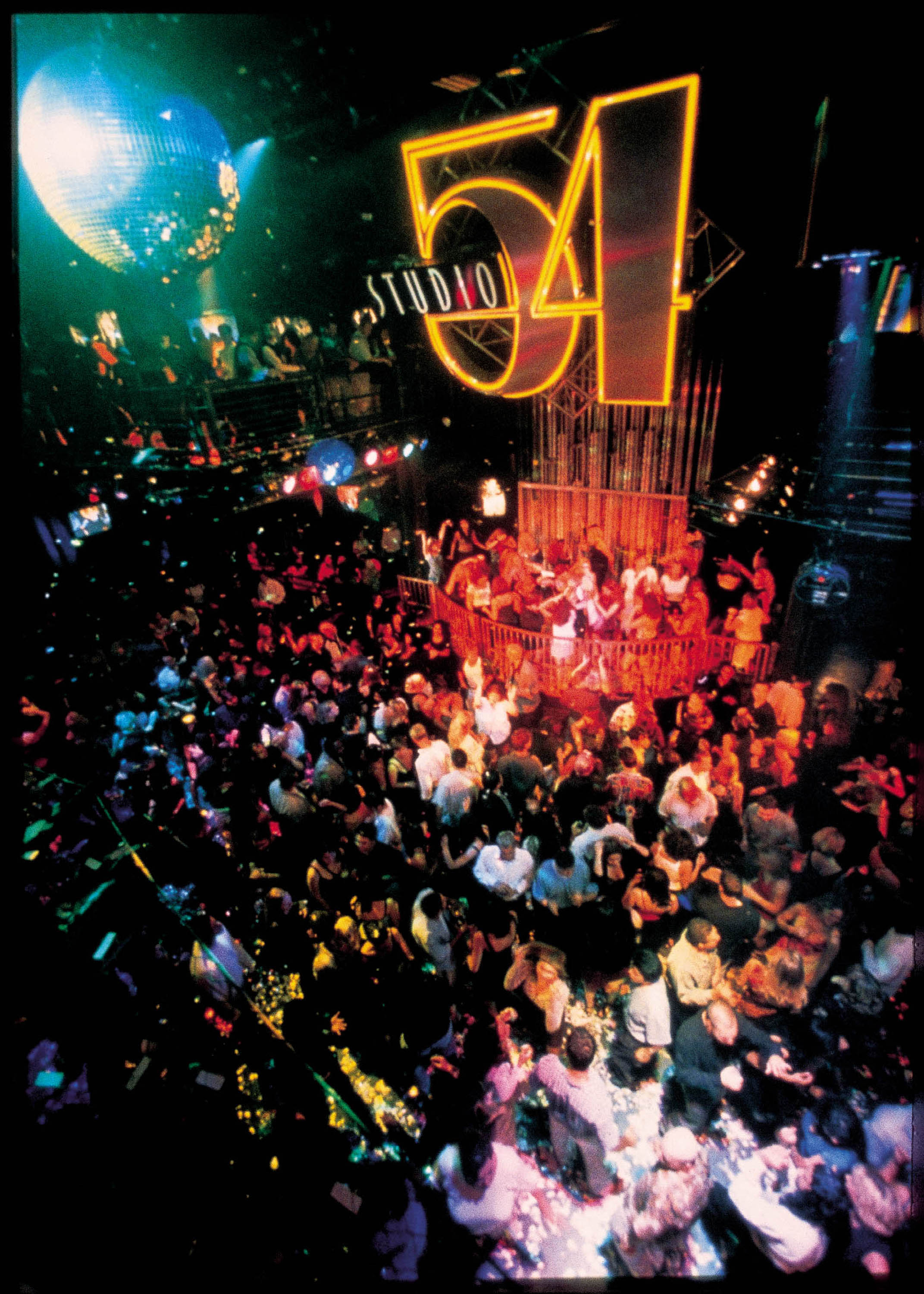 1977: For better or worse, this is the day that the discotheque, Studio 54 opens in New York City. Owner Steve Rubell has an all-star guest list for the event, including Cher, Mick Jagger, Debbie Harry, Liza Minnelli, Halston, Margaux Hemingway, Mikhail Baryshnikov, Salvador Dali, Brooke Shields, and Robin Leach.
1977: For better or worse, this is the day that the discotheque, Studio 54 opens in New York City. Owner Steve Rubell has an all-star guest list for the event, including Cher, Mick Jagger, Debbie Harry, Liza Minnelli, Halston, Margaux Hemingway, Mikhail Baryshnikov, Salvador Dali, Brooke Shields, and Robin Leach.
We’re not sure, but we think the “Disco Sucks” movement was started the very next day.
This Day in Rock History - Apr. 25th
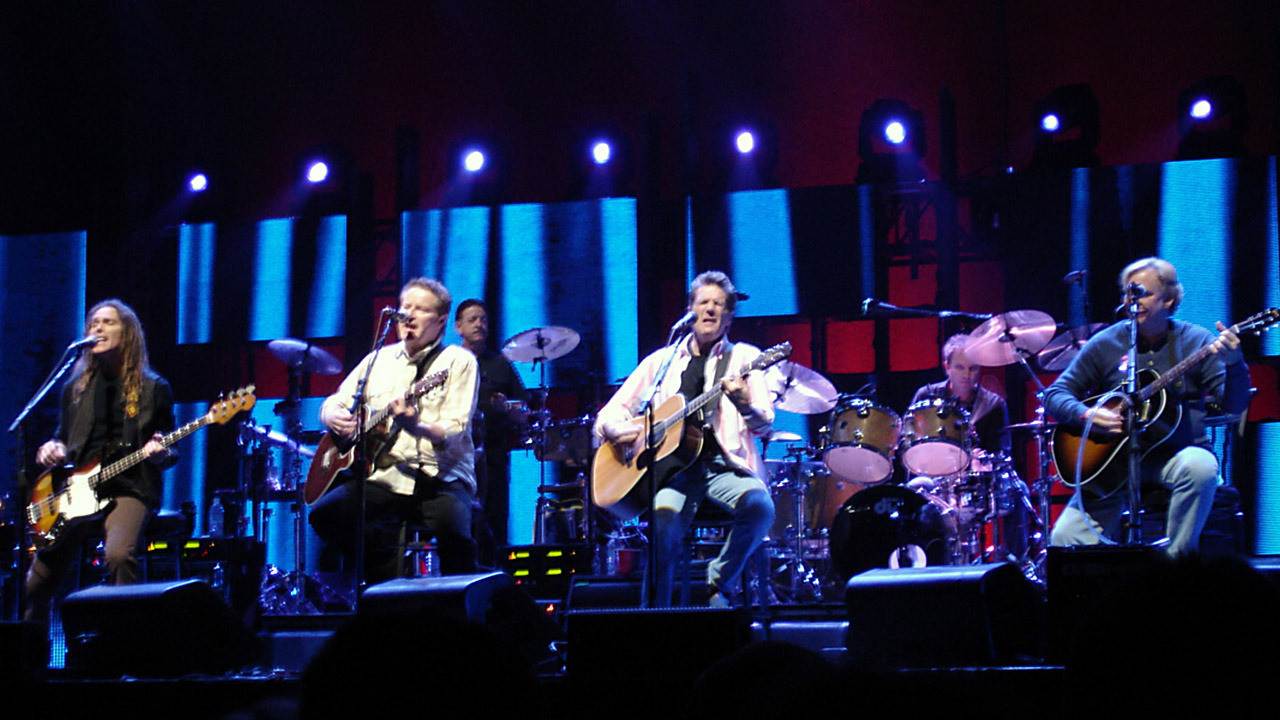
1993: After nearly 14 years, members of the Eagles reunite at the Burbank studios of Warner Brothers for the first of two concerts.
The event leads to the live/studio recording Hell Freezes Over, a reference to the band’s typical response when asked if they would ever reform.
This Day in Rock History - Apr. 24th
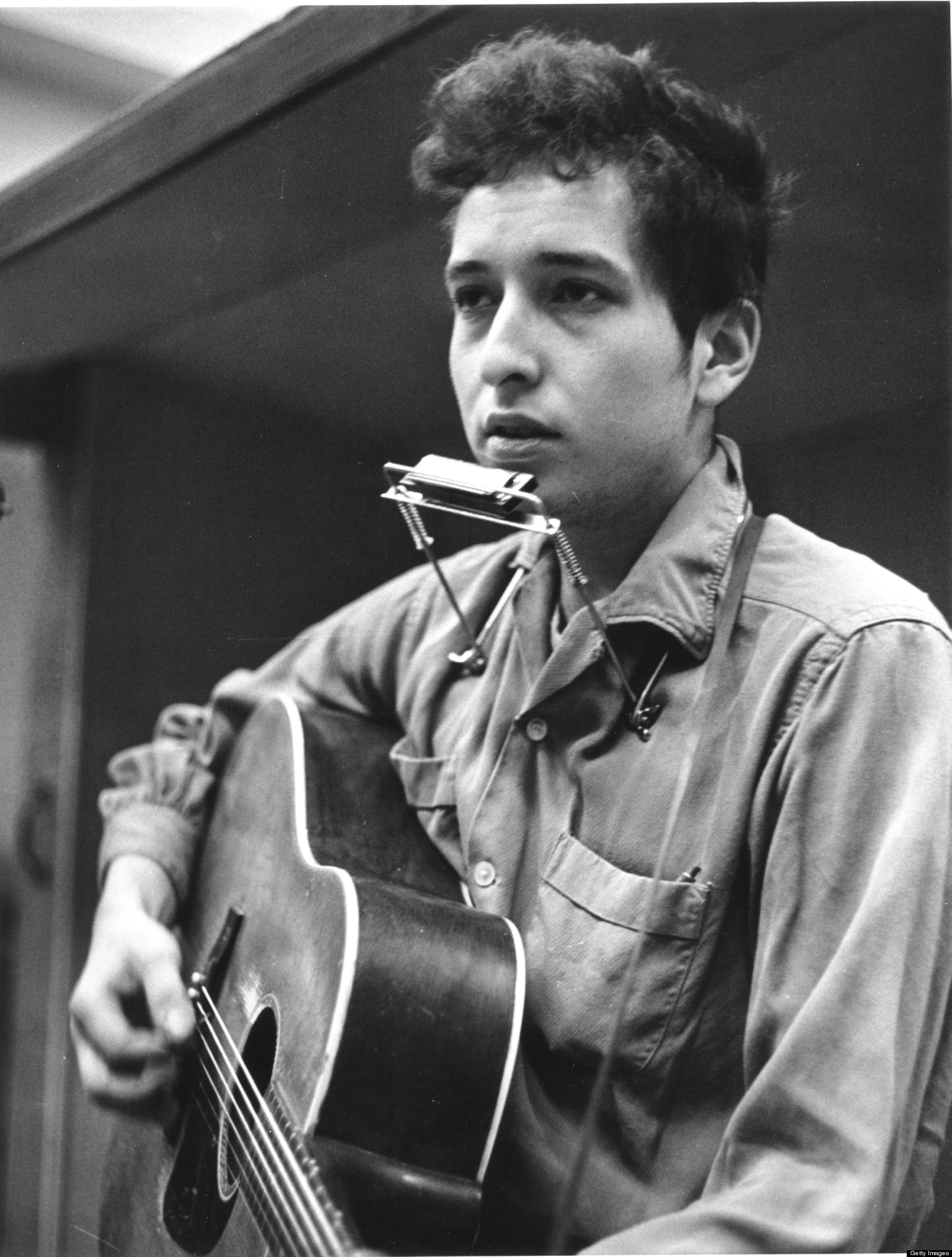
1961: Bob Dylan takes part in his first professional recording session. He’s paid fifty dollars to play harmonica on Harry Belafonte’s recording of “Calypso King.”
This Day in Rock History - Apr. 23rd
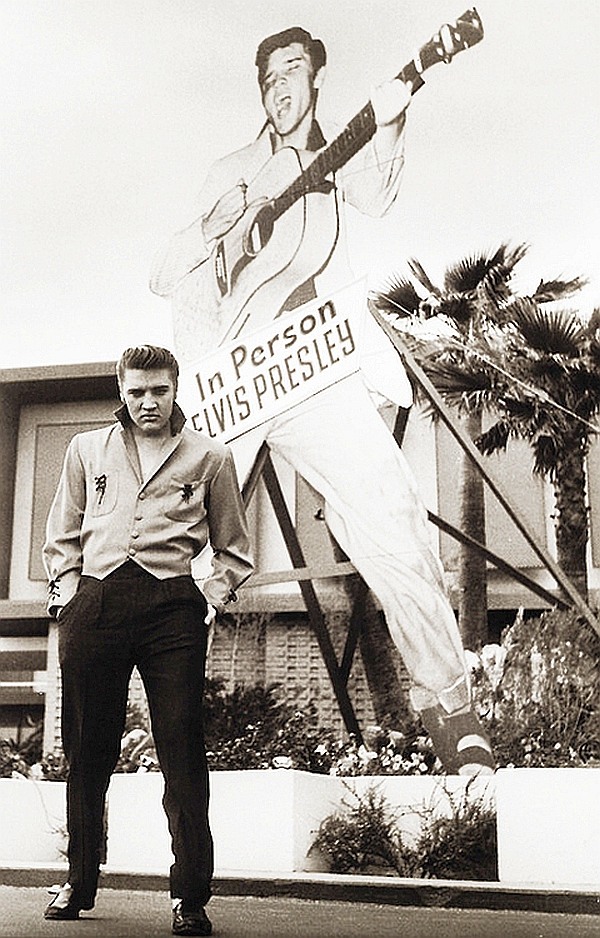 1956: Elvis Presley made his first appearance at a Las Vegas resort on this day. He was actually booked as the opening act for headlining comedian Shecky Greene. He bombs badly with the middle-age crowd at the Frontier Hotel and is fired only one week into his engagement.
1956: Elvis Presley made his first appearance at a Las Vegas resort on this day. He was actually booked as the opening act for headlining comedian Shecky Greene. He bombs badly with the middle-age crowd at the Frontier Hotel and is fired only one week into his engagement.
It wasn’t a total loss. While there, Elvis hears a lounge act called Freddie Bell and the Bellboys performing their version of a Big Mama Thornton tune called “Hound Dog.” The rest is rock ‘n’ roll history.
This Day in Rock History - Apr. 22nd
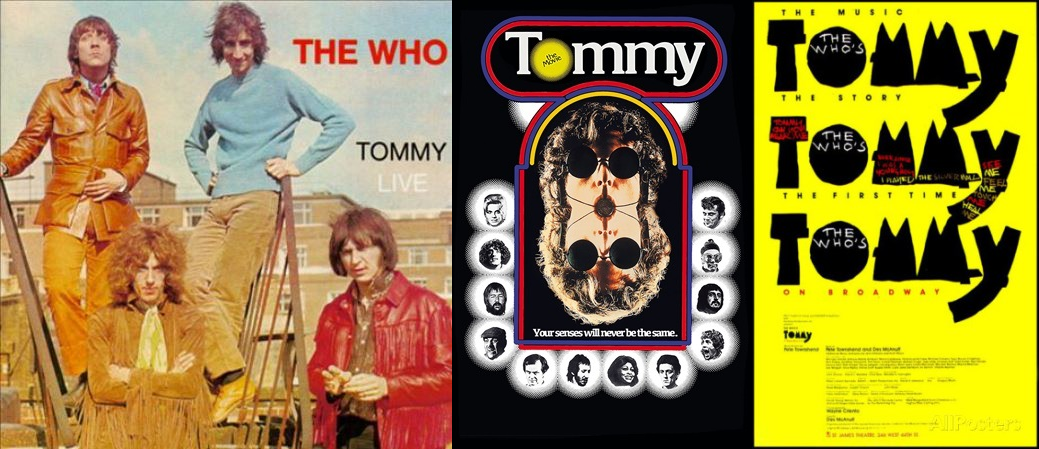 1969: This is the day that The Who first performs their rock opera Tommy live in concert in Dalton, England.
1969: This is the day that The Who first performs their rock opera Tommy live in concert in Dalton, England.
Five years later to the day (1974), they begin filming the movie version, directed by Ken Russell.
Twenty-four years later (1993), the Broadway version opens.
Pop Up Player
Latest Posts–Movies & TV
-
The TV That Time Forgot: Annie Oakley
There was a time when Westerns dominated television programming so thoroughly that it was tough (with no home video, no streaming, and just 3 networks if you lived in a city big enough to have…
-
The TV That Time Forgot: My Living Doll (1964-65)
For a show that lasted only a single season, a surprising number of Baby Boomers remember the situation comedy My Living Doll. Perhaps that’s because once seen, Julie Newmar cannot easily be forgotten. The situation…
-
Alfred Hitchcock Presents
While often lumped together with “The Twilight Zone” and “Boris Karloff’s Thriller,” “Alfred Hitchcock Presents” is the true original, debuting 4 years before TZ and 5 before “Thriller.” Alfred Hitchcock’s show was also different than…
-
The TV That Time Forgot: The Donna Reed Show
For 8 seasons, The Donna Reed Show provided Baby Boomers with a sort of Mother Knows Best amid a ton of family sitcoms focused on the father. Cast as Donna Stone, Donna presided over a…
-
Friday Night at the Drive-In: Lover Come Back (1961)
Sequels & remakes? Nothing new here – Hollywood’s been recycling stuff ever since the first “magic lantern shows.” Want proof? Let’s settle in to watch one of those terribly puritanical “sex comedies” from the Sixties…
-
The TV That Time Forgot: The Millionaire
Boy! Could we use a show like this in real life! From 1955 to 1960, for 5 seasons an eccentric millionaire would give away $1 million to somebody he never even met. We were allowed…


